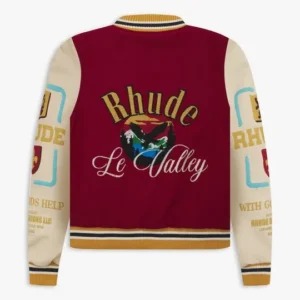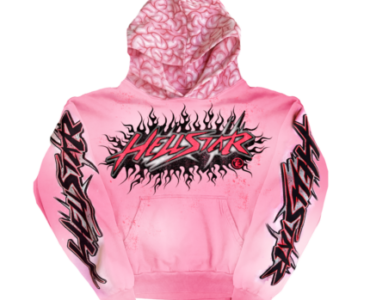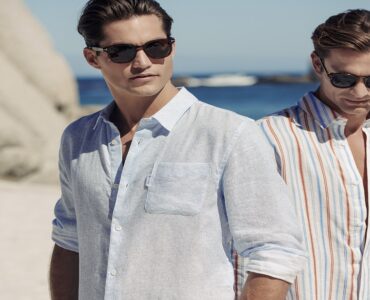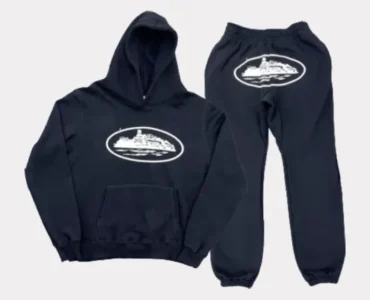Introduction:
When describing a garment, “texture” refers to the surface and body of the garment. There are a number of ways to describe rough, coarse, thin, brittle, smooth, transparent, light, thin, or soft textured shirts for men.
So what should I wear with this outfit? The short answer is pretty much everything, but this quick guide offers some fun and stylish suggestions.
The Appeal of Textured Shirts for Men
Textured shirts for men are gaining popularity due to their ability to elevate a look with minimal effort. These shirts offer a unique visual appeal and tactile experience, making them versatile for both casual and formal wear. The texture of a shirt can transform an otherwise simple outfit into something stylish and sophisticated.
Different fabric weaves – like twill, plain, and satin – offer varying textures, allowing you to choose the right one based on the occasion. Twill shirts, for instance, provide a durable yet sleek finish, while satin radiates luxury with its smooth, glossy surface. Cotton, being soft and breathable, is perfect for everyday wear, blending comfort with style.
The key to styling textured shirts lies in pairing them with contrasting materials. For instance, a textured shirt can be balanced with smooth leather pants or denim for a casual look. When worn with minimal accessories and neutral colors, textured shirts stand out effortlessly.
Whether you’re dressing for a night out or a business meeting, a well-chosen textured shirt adds depth and dimension to your outfit, making you appear more polished and put together.
Where Does a Textured Shirt Fit?
Choosing an outfit means putting pieces of clothing together to create a look that suits you and feels best dressed.
Before you start styling, consider the three basic types of fabric textures: twill, plain weave, and satin weave. Keep these basic tips in mind when wearing Party Wear Shirts for Men:
- Leather, denim, and cotton are neutral textures that go with just about anything.
- You can combine two types of weaving at a glance.
- Keep the color simple and mix textures for a timeless look.
Remember, textured shirts for men are context. For example, silk and satin radiate luxury, while cotton has a cozy and comfortable appearance. You can follow these instructions directly or at your own discretion.
How Can You Style a Textured Shirt?
Start with your neutral textures – faux leather pants that you can pair with almost any kind of shirt. It’s made from lightweight, wrinkle-free synthetic material with a nice, comfortable fit. You can also combine it with a silk party wear shirt for men.
Denim is the most versatile texture. If you have a denim top, pair it with everything from other denim to sweatpants. You can rarely go wrong with denim, especially if the occasion is casual.
When is a textured shirt luxurious or casual?
The best-quality fabric is made from the soft skin of a special goat. It is known for its delicious food, which is often luxuriously priced. An ideal textured shirt for men for a casual look, as it is softer than cotton and goes well with a casual sweater.
Silk is a luxurious fabric. The texture is soft, and the gloss gives it a luxurious look. Pair it with a silk shirt with a light leather bottom for a chic look or with denim for a casual look.
Monochromatic textures are a good choice for casual and formal. The knit gives it a bit of a shine, but this shirt is versatile and can be worn to the office during the day or for special occasions.
Texture Fundamentals
So here are some basic definitions and differences to remember:
- Texture refers to the physical surface of a fabric. Sometimes there is a visible bump, and sometimes it looks completely smooth. Textured shirts for men affect the appearance of the garment’s color and pattern.
- Weaving is the process of combining the threads of a fabric into a solid unit. The size and quality of the fabric and the oils used affect the texture of the cloth.
Therefore, although party wear shirts for men and fabric often affect the structure of clothing, there is no need to define them. You have to touch the canvas (or at least look at high-quality images) to see what the actual physical texture will look like.
Why texture matters
The most obvious effect of the texture is, of course, how comfortable it is on your body. No one likes rough and scratchy fabrics. But most jackets made of thicker fibers are quilted, and the physical effect of the texture is so noticeable that it makes you pause.
Look at everything you can think of to buy (or work on), and don’t buy it if it makes you uncomfortable. This one is simple. From a stylistic point of view, the more subtle effects of structure are interesting.
The Textured Shirts for Men affect how it looks, how the patterns look, and how formal it is.
Textures and colors
Note the two pieces of fabric dyed the same dark blue: one of cotton fabric so smooth and narrow that it almost shines, the other of thick flannel wool.
Would you expect both garments to look the same? The first fabric would be good for party wear shirts for men, while the second could make a nice dress. But the main difference really comes down to the material itself and its interaction with light.
All colors are light reflected from an object into our eyes. The dimpled area reflects less light when it falls on it. The thickness of brushed wool yarn absorbs more light than the very flat surface of a wide fabric made of smooth cotton yarn.
Texture and Pattern
Visible textures are the shape of the pattern. However not all patterns on clothing are made of texture, and not all textures form a visible pattern. In its simplest form, a fabric can have one of four types of ‘patterns’, by which we mean visible color variations:
Monochrome, visible texture. The fabric is dyed with only one color but textured with a visible pattern. Irregularities, edges, or other irregularities in the fabric create a repeating pattern.
(Example: gray wool trousers with wide herringbone fabric.)
Color pattern, visible texture. The Party Wear Shirts for Men have a visible texture and are dyed in several colors. A color model is not the same as a texture model, and the two overlap.
(Example: colorful pants with blue and white stripes.)




